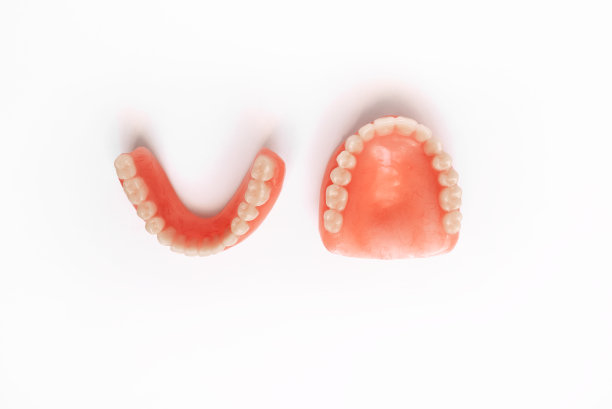Essential Steps and Considerations for Ensuring Safe and Effective Dental Filling Procedures
Summary: This article provides a comprehensive overview of essential steps and considerations for safe and effective dental filling procedures. It highlights critical aspects such as patient assessment, material selection, the filling process, and post-procedure care. By understanding these elements, dental professionals can ensure optimal outcomes for their patients, reducing complications and enhancing the overall dental experience. Through this discussion, readers will gain insights into best practices and the importance of adhering to safety protocols during dental filling treatments.
1. Comprehensive Patient Assessment Before Treatment

Before any dental filling procedure begins, a thorough patient assessment is crucial. This involves reviewing the patients medical history, including any allergies, pre-existing conditions, and medications that may affect the treatment. Understanding these factors helps the dentist make informed decisions regarding the procedure and ensures that the patient is a suitable candidate for dental fillings.
In addition, a detailed examination of the affected tooth or teeth must be performed. This may include diagnostic imaging, such as X-rays, to evaluate the extent of decay and any other issues that may affect the filling procedure. The dentist should assess the tooth structure, surrounding gum health, and any potential complications that could arise during treatment.
Lastly, effective communication with the patient is key. Discussing the procedure, what to expect, and addressing any concerns or questions can significantly enhance the patients comfort and cooperation during treatment. Building rapport and trust enables a smooth dental filling experience.
2. Choosing the Right Filling Material
Selection of the appropriate filling material is pivotal in ensuring the effectiveness and longevity of dental fillings. Common materials include amalgam, composite resins, glass ionomer, and porcelain. The choice largely depends on factors such as the location of the filling, aesthetic considerations, and the patients preference.
Amalgam, for instance, is known for its durability and strength, making it an ideal option for posterior fillings. On the other hand, composite resins offer an aesthetic advantage and can blend seamlessly with natural tooth color, making them suitable for visible areas. The dentist should carefully discuss the pros and cons of each material with the patient to determine the best fit.
Furthermore, consideration of the patients lifestyle and habits, such as dietary preferences or oral hygiene routines, should also play a role in material selection. Customizing filling choices based on individual needs can significantly affect the success and longevity of the treatment.
3. The Filling Process: Techniques and Best Practices
Once the patient is assessed and the filling material is chosen, the actual filling procedure can commence. It is essential that the dentist follow strict protocols to ensure safety and efficacy. This includes the administration of local anesthesia to minimize discomfort during the process, ensuring that the patient remains at ease.
Subsequently, the dentist will remove any decay from the affected tooth and prepare it for filling. This preparation phase is critical, as proper cleaning and shaping of the cavity will aid in the adhesion of the filling material. Advanced techniques such as using a rubber dam may be employed to ensure a dry working environment, which enhances the effectiveness of the filling.
After applying the filling, the dentist should take the time to polish and shape it properly, ensuring it fits well with the patients bite. Proper finishing can prevent issues such as sensitivity or bite misalignment, contributing to the overall success of the procedure.
4. Post-Procedure Care and Monitoring
Post-procedure care is just as important as the treatment itself. After receiving a dental filling, patients should be given clear instructions on how to care for their teeth in the days following the procedure. This includes recommendations for avoiding certain foods, maintaining oral hygiene, and monitoring for any unusual symptoms such as pain or sensitivity.
Regular follow-up appointments are essential to evaluate the fillings condition and the overall health of the treated tooth. Dentists should encourage patients to report any discomfort or changes promptly. This proactive approach can help identify any issues early, potentially saving the tooth from further damage.
Moreover, educating patients about the importance of routine dental check-ups and good oral hygiene practices can contribute to the longevity of dental fillings and overall oral health. Empowering patients with knowledge helps them take an active role in their dental care.
Summary:
In conclusion, ensuring safe and effective dental filling procedures requires careful consideration of various factors, including thorough patient assessments, appropriate material selection, adherence to best practices during the filling process, and diligent post-procedure care. By following these essential steps, dental professionals can not only enhance the quality of care provided but also ensure a positive experience for patients.
This article is compiled by Vickong Dental and the content is for reference only.


